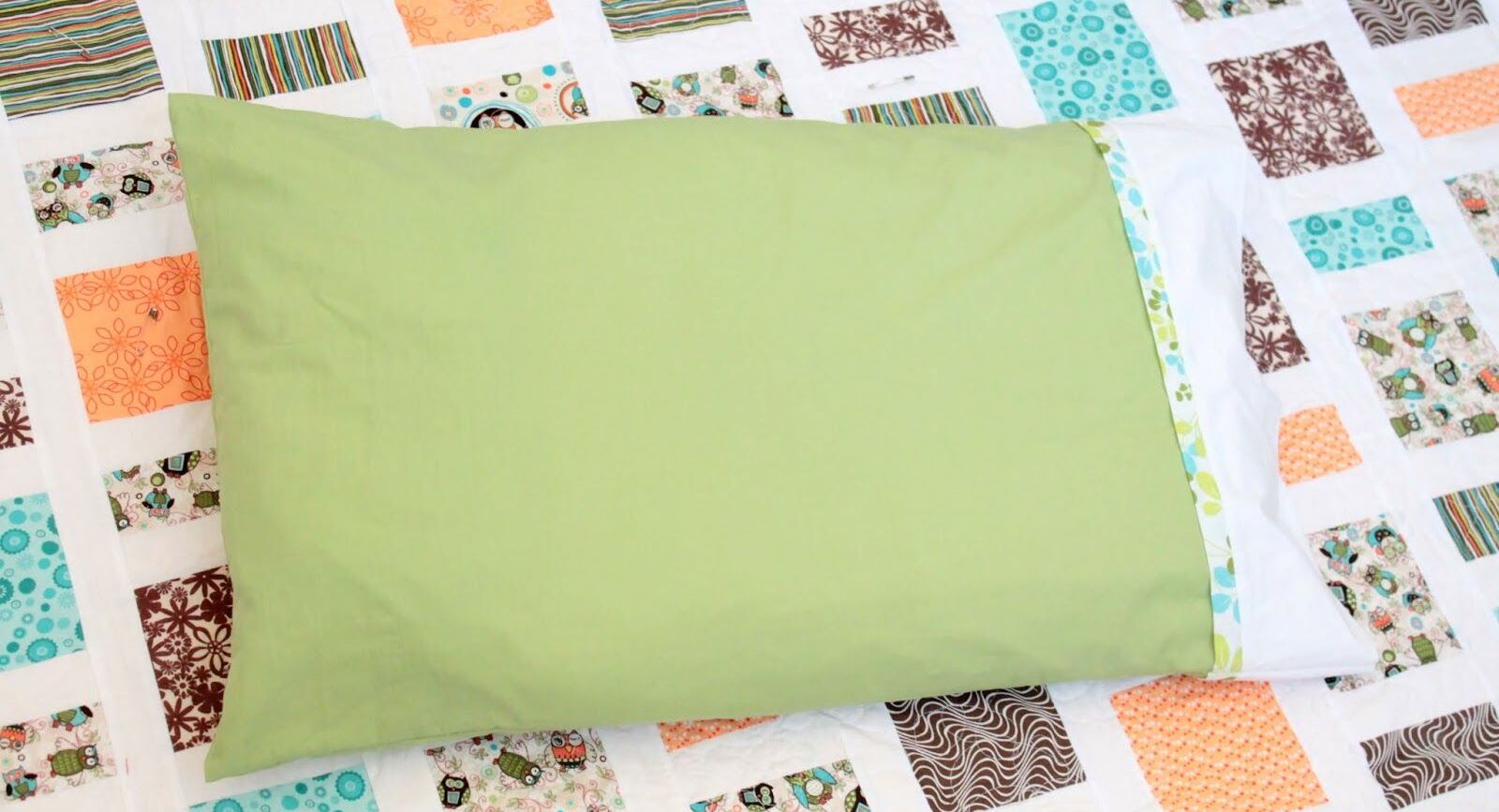

Articles
How Much Fabric Is Needed For A Pillowcase
Modified: January 5, 2024
Discover the perfect amount of fabric needed for a pillowcase with our informative articles. Get expert advice on choosing the right materials and measurements.
(Many of the links in this article redirect to a specific reviewed product. Your purchase of these products through affiliate links helps to generate commission for Storables.com, at no extra cost. Learn more)
Introduction
Welcome to our comprehensive guide on how to determine the amount of fabric needed for a pillowcase. Whether you’re a seasoned sewer or a beginner, understanding the dimensions and calculations involved can save you time, money, and frustration. By accurately measuring and calculating the fabric yardage, you can confidently create beautiful pillowcases that perfectly fit your pillows.
When it comes to making pillowcases, one of the most common questions that arises is: “How much fabric do I need?” The answer depends on several factors, including the size of the pillow, the type of closure you prefer, and any additional decorative elements you may want to incorporate. In this article, we’ll break down the steps to help you determine the optimal fabric yardage for your pillowcase project.
Knowing the dimensions of your pillow is crucial before you start calculating fabric requirements. Standard pillow sizes include the standard/queen (20×30 inches) and the king (20×36 inches). However, keep in mind that pillow sizes can vary, so it’s a good idea to measure your pillows to ensure accuracy.
Calculating fabric yardage involves a simple formula: the perimeter of the pillow plus the depth. The perimeter is calculated by adding the dimensions of the pillow’s width and length and multiplying it by 2. For example, a standard/queen pillow with dimensions of 20×30 inches would have a perimeter of 100 inches (20 + 30 = 50; 50 x 2 = 100). The depth is the measurement from the top of the pillow to the edge. Typically, a depth of 4-6 inches is sufficient for most pillowcases.
Next, you’ll need to choose the right fabric width. Most fabrics come in a standard width of 45 inches or 60 inches. If you’re working with a 45-inch wide fabric, you will need to divide the total fabric yardage by 45 to determine how many yards you need. On the other hand, if you’re using a 60-inch wide fabric, you can skip this step as the width will accommodate most pillowcases.
Remember to account for any pattern matching or directional prints in your fabric. If you have a specific design or pattern you want to showcase on your pillowcase, you may need additional fabric to ensure the pattern lines up correctly. Additionally, factor in the seam allowance, which is the space you leave on the edges to sew the pillowcase together. A standard seam allowance is usually around 1/2 inch.
In summary, understanding how to determine the amount of fabric needed for a pillowcase is essential for a successful sewing project. By measuring your pillow’s dimensions, calculating the fabric yardage, and accounting for any pattern matching and seam allowance, you can confidently create beautiful pillowcases that perfectly fit your pillows. So, let’s dive into the details and explore each step in more depth!
Key Takeaways:
- Calculate fabric yardage by measuring pillow dimensions, adding depth, and considering fabric width. Account for pattern matching and seam allowance to ensure a snug, well-fitted pillowcase that showcases your sewing skills.
- Choose the right fabric width based on pillowcase size and design. Consider pattern matching and seam allowance to create personalized, visually appealing pillowcases. Remember to round up fabric yardage for flexibility during cutting and sewing.
Understanding Pillowcase Dimensions
Before diving into fabric calculations, it’s important to have a clear understanding of pillowcase dimensions. Pillowcase dimensions refer to the size of the pillow the pillowcase will cover.
Standard pillow sizes include the standard/queen size and the king size. The standard/queen pillow typically measures 20×30 inches, while the king pillow measures 20×36 inches. However, it’s important to note that pillow sizes can vary, especially if you have specialty pillows or custom-made ones.
When determining the dimensions of your pillowcases, it’s essential to measure your pillows accurately. Use a tape measure and measure the width and length of the pillow from edge to edge. This will give you the exact measurements you need to calculate the fabric yardage.
Keep in mind that pillowcases are designed to have a snug fit around the pillow. This ensures that the pillow stays securely inside the case without excess fabric. A well-fitted pillowcase not only looks aesthetically pleasing but also provides a comfortable and neat appearance on your bed or sofa.
When measuring your pillow, be sure to measure from the outer edges and not from the seam line. The seam allowance will be added separately when cutting and sewing the fabric, so it’s important to measure the pillow itself accurately.
In addition to width and length measurements, it’s also important to consider the depth of the pillowcase. The depth refers to the measurement from the top of the pillow to the edge. A depth of 4-6 inches is typically sufficient for most pillowcases. This measurement ensures that the pillow is fully enclosed within the case with enough room for it to stay in place without being too tight.
Understanding the dimensions of your pillows is essential as it will dictate the size of the fabric you need for your pillowcases. By accurately measuring your pillows and taking into account the desired fit, you can move on to the next step of calculating the fabric yardage.
Calculating Fabric Yardage
Calculating the fabric yardage required for a pillowcase project involves a simple formula: the perimeter of the pillow plus the depth. This calculation helps determine the amount of fabric needed to create a properly fitting and visually appealing pillowcase.
To start, measure the width and length of your pillow, from edge to edge. Add these two dimensions together and multiply the sum by 2 to find the perimeter. For example, if your pillow measures 20 inches in width and 30 inches in length, the perimeter would be 100 inches (20 + 30 = 50; 50 x 2 = 100).
Next, measure the depth of your pillow from the top to the edge. A depth of 4-6 inches is typically suitable for most pillowcases. With this depth measurement, you can now proceed to calculate the fabric yardage needed.
First, start by determining the total fabric yardage without factoring in the fabric width. Divide the perimeter by 36 (which is the number of inches in a yard). For example, with a perimeter of 100 inches, the total fabric yardage would be approximately 2.78 yards (100 / 36 = 2.78).
Now, let’s consider the fabric width. Most fabrics come in standard widths of 45 inches or 60 inches. If you’re working with a 45-inch wide fabric, divide the total fabric yardage by 45 to determine how many yards you’ll need. In the previous example, 2.78 yards of fabric translates to approximately 3.09 yards of 45-inch wide fabric (2.78 / 45 = 0.062; 2.78 + 0.062 = 3.09).
On the other hand, if you’re using a 60-inch wide fabric, you can skip the previous step as the width will accommodate most pillowcases. In this case, the total fabric yardage remains the same as calculated without factoring in the fabric width.
It’s important to round up your fabric yardage calculations to ensure you have enough fabric to accommodate any slight variations or mistakes during cutting and sewing. Having a little extra fabric is always better than not having enough.
By following these calculations, you can determine the appropriate amount of fabric yardage needed for a pillowcase project. These calculations ensure a snug and well-fitted pillowcase that showcases your sewing skills and attention to detail. So grab your measuring tape and let’s move on to the next step in creating beautiful pillowcases!
Choosing the Right Fabric Width
When it comes to choosing the right fabric width for your pillowcase project, there are a few considerations to keep in mind. Most fabrics come in standard widths of 45 inches or 60 inches, and your choice will depend on the size and design of your pillowcase.
First, let’s consider the 45-inch wide fabric. This width is popular for quilting cottons and a variety of other fabrics. If you opt for a 45-inch wide fabric, you’ll need to factor in the fabric width when calculating the fabric yardage.
Once you’ve determined the total fabric yardage needed using the formula mentioned earlier, you’ll divide that number by 45 to determine the number of yards required. For example, if you calculated a total fabric yardage of 2.78 yards, dividing it by 45 would give you approximately 0.062, which would round up to 1 yard of 45-inch fabric. So, in this case, you would need 1 yard of 45-inch wide fabric to complete your pillowcase project.
On the other hand, if you choose a 60-inch wide fabric, you won’t need to make any adjustments or calculations regarding the fabric width. The total fabric yardage calculated earlier will already account for the wider fabric width, as it typically accommodates most pillowcase sizes.
Choosing the right fabric width depends on your personal preference, the availability of fabrics in your chosen design or pattern, and the desired outcome for your pillowcases. Whether you choose a 45-inch or 60-inch width, the most important thing is to ensure that you have enough fabric to comfortably create your pillowcases.
In addition to the width, it’s also essential to select a fabric material that aligns with your desired aesthetic and comfort level. Consider factors such as color, pattern, texture, and durability when making your fabric selection.
Remember, it’s always a good idea to purchase a little extra fabric than what the calculations indicate. This provides a buffer for any mistakes or variations that may occur during cutting and sewing. Having extra fabric ensures that you have room to make adjustments and corrections if needed.
By carefully considering the fabric width and material, you can confidently choose the right fabric for your pillowcase project. Now that you have your fabric, let’s move on to the next step and learn how to adjust for pattern matching and seam allowance.
A standard pillowcase typically requires 1.5 yards of fabric, but it’s always best to measure the pillow and add a few extra inches for seam allowance.
Adjusting for Pattern Matching and Seam Allowance
When creating a pillowcase, it’s important to take into account pattern matching and seam allowance. These factors can greatly influence the amount of fabric needed and the overall look of your finished project.
If your chosen fabric has a specific design or pattern that you want to showcase on your pillowcase, pattern matching becomes crucial. Pattern matching refers to aligning the pattern on the fabric pieces so they flow seamlessly across the pillowcase. To achieve this, you may need to purchase additional fabric to ensure you have enough to match the pattern correctly.
Before calculating the fabric yardage for pattern matching, take into consideration the repeat size of the pattern. The repeat size is the distance between one occurrence of the pattern and the next. By knowing the repeat size, you can determine how much additional fabric you’ll need to match the pattern on each piece of the pillowcase.
Measure the length of the repeat size, and then divide the perimeter of the pillow by the repeat size to determine the number of pattern repeats required. Round up this number to the nearest whole number to ensure you have enough fabric. Multiply this rounded-up number by the repeat size to calculate the additional fabric needed for pattern matching.
Seam allowance is another important factor to consider when determining the fabric yardage. Seam allowance refers to the extra fabric you leave on the edges to sew the pillowcase together. The standard seam allowance for most pillowcases is around 1/2 inch.
To account for the seam allowance, add an additional 1 inch to both the width and length measurements of your pillow before calculating the fabric yardage. This ensures that you have enough fabric to sew the pieces together without them being too tight or small.
Keep in mind that these adjustments may slightly increase the amount of fabric needed for your pillowcase. It’s always a good idea to round up your fabric yardage to the nearest whole yard to account for any small variations or mistakes that may occur during cutting and sewing.
By considering pattern matching and seam allowance, you can confidently adjust your fabric yardage calculations to ensure that your pillowcase turns out beautifully and showcases your chosen fabric’s design or pattern.
Now that you know how to adjust for pattern matching and seam allowance, you’re ready to move forward and create your custom-made pillowcases. Let’s summarize the key steps and wrap up our comprehensive guide!
Read more: How Much Fabric Is Needed For A Quilt
Summary
In this comprehensive guide, we have explored the essential steps to determine the amount of fabric needed for a pillowcase. By following these steps, you can create pillowcases that fit perfectly and showcase your chosen fabric’s design or pattern.
We started by understanding pillowcase dimensions, emphasizing the importance of accurately measuring the width, length, and depth of your pillows. These measurements serve as the foundation for calculating the fabric yardage.
Next, we delved into calculating fabric yardage, which involves determining the perimeter of the pillow and adding the desired depth. This calculation helps us determine the overall fabric yardage required for the pillowcase project.
We explored the different fabric widths available, such as 45 inches and 60 inches, and how they impact the fabric yardage calculations. By choosing the right fabric width, we ensure that we have enough fabric to complete the project without any adjustments or modifications.
Pattern matching and seam allowance are crucial factors that need consideration. Pattern matching allows us to align the pattern on the fabric pieces for a seamless look, while seam allowance gives enough fabric for sewing the pillowcase together without it being too tight.
It’s important to round up the fabric yardage calculations, giving you some extra fabric for any variations or mistakes that may occur during cutting and sewing. Having a little extra fabric is always a safer option.
By following these steps and considering these factors, you can confidently determine the fabric yardage needed for your pillowcase projects. Whether you’re a beginner or an experienced sewer, this guide will assist you in creating beautiful and well-fitted pillowcases.
Now that you have a solid understanding of fabric yardage calculations for pillowcases, it’s time to put your knowledge into practice. Get creative with your fabric choices, experiment with different patterns, and enjoy the process of making personalized pillowcases that will add a touch of elegance to your home.
References:
- https://www.thesprucecrafts.com/how-to-make-a-pillowcase-2977985
- https://www.seasonedhomemaker.com/how-to-sew-a-pillow-case/
- https://www.fabric.com/blog/understanding-fabric-widths
References
Throughout this guide, we have referenced various sources to provide you with accurate and reliable information on determining the fabric yardage needed for a pillowcase. Below are the references that have been consulted:
-
“How to Make a Pillowcase” – The Spruce Crafts
Link: https://www.thesprucecrafts.com/how-to-make-a-pillowcase-2977985
This resource offers a step-by-step tutorial on making a pillowcase, including helpful tips and techniques.
-
“How to Sew a Pillowcase” – Seasoned Homemaker
Link: https://www.seasonedhomemaker.com/how-to-sew-a-pillow-case/
This blog post provides detailed instructions and insights on sewing a pillowcase, covering various aspects from measurements to finishing touches.
-
“Understanding Fabric Widths” – Fabric.com
Link: https://www.fabric.com/blog/understanding-fabric-widths
This informative article explains different fabric widths available in the market and provides useful guidance on choosing the right width for your projects.
These references serve as valuable resources for further reading and exploration, offering additional insights and expertise in the realm of sewing and fabric selection. We highly recommend consulting them for a more comprehensive understanding of the topic.
Remember to always consult various sources and utilize your own judgment to ensure the accuracy and suitability of the information provided. Happy sewing!
Frequently Asked Questions about How Much Fabric Is Needed For A Pillowcase
Was this page helpful?
At Storables.com, we guarantee accurate and reliable information. Our content, validated by Expert Board Contributors, is crafted following stringent Editorial Policies. We're committed to providing you with well-researched, expert-backed insights for all your informational needs.
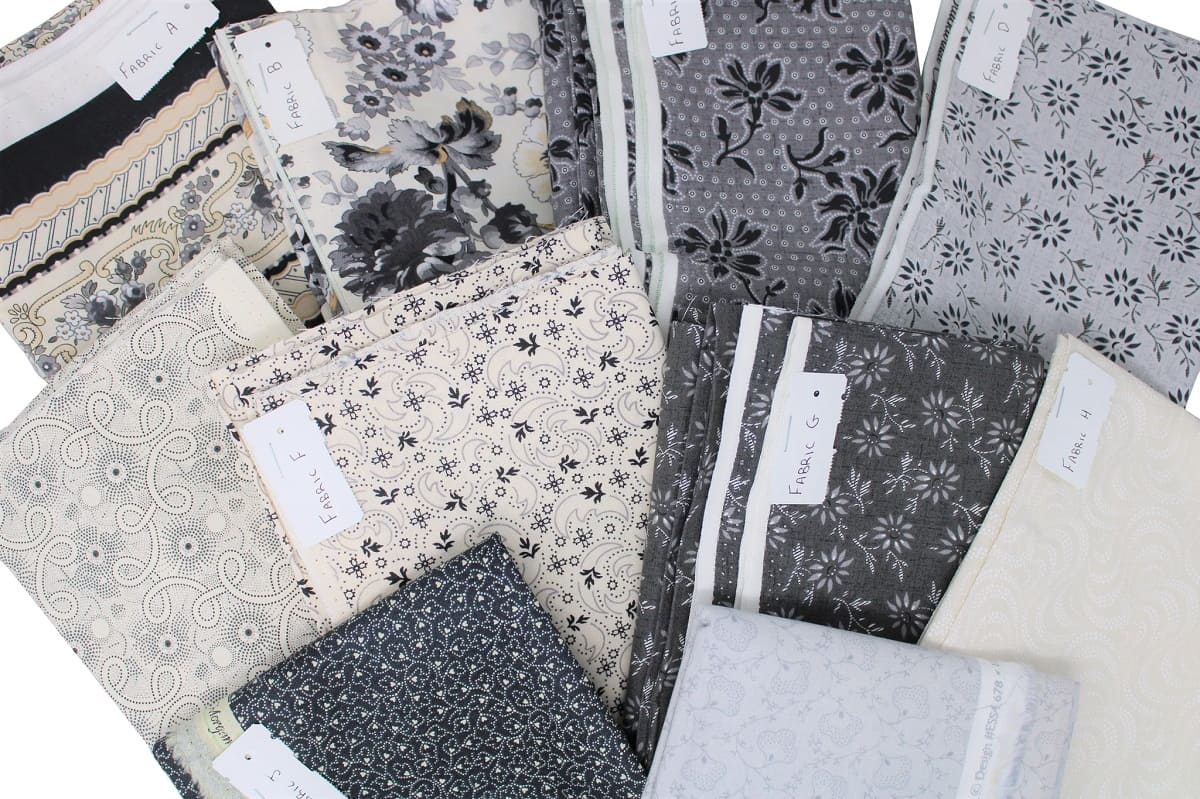
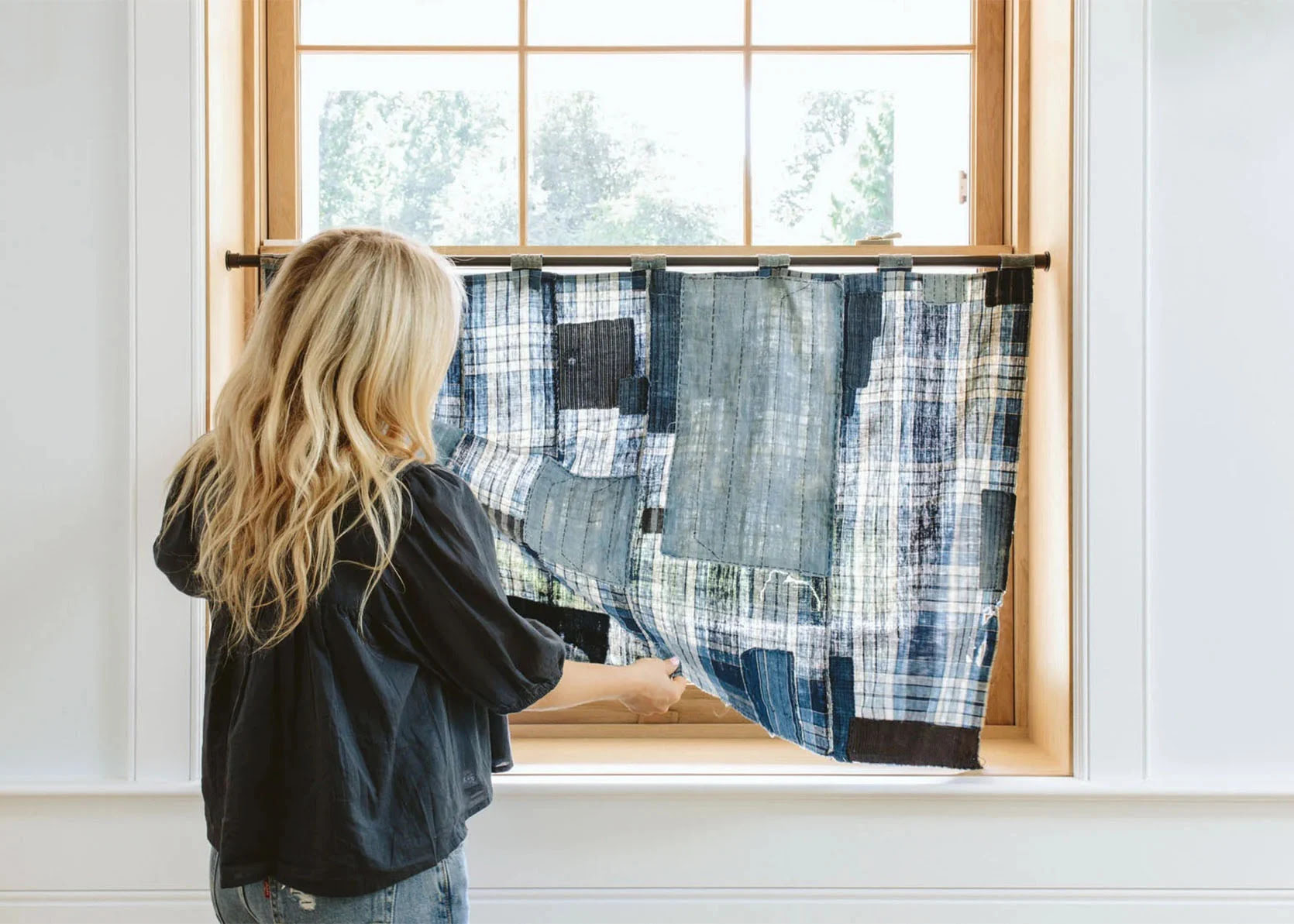
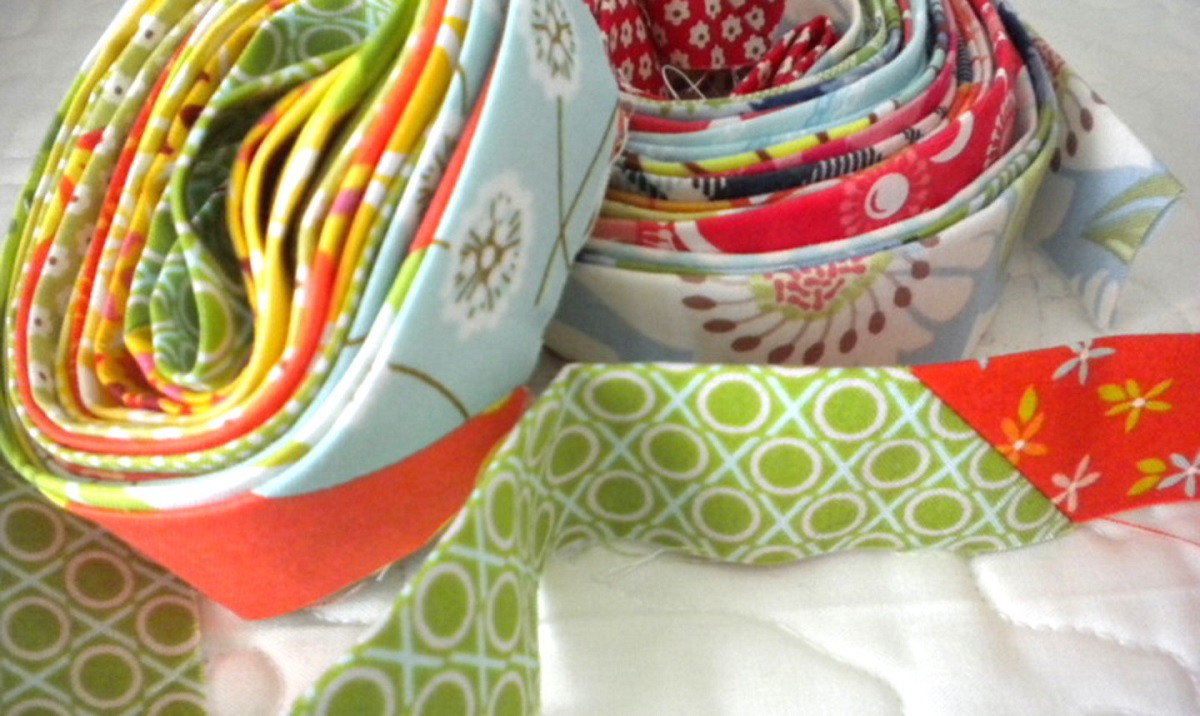
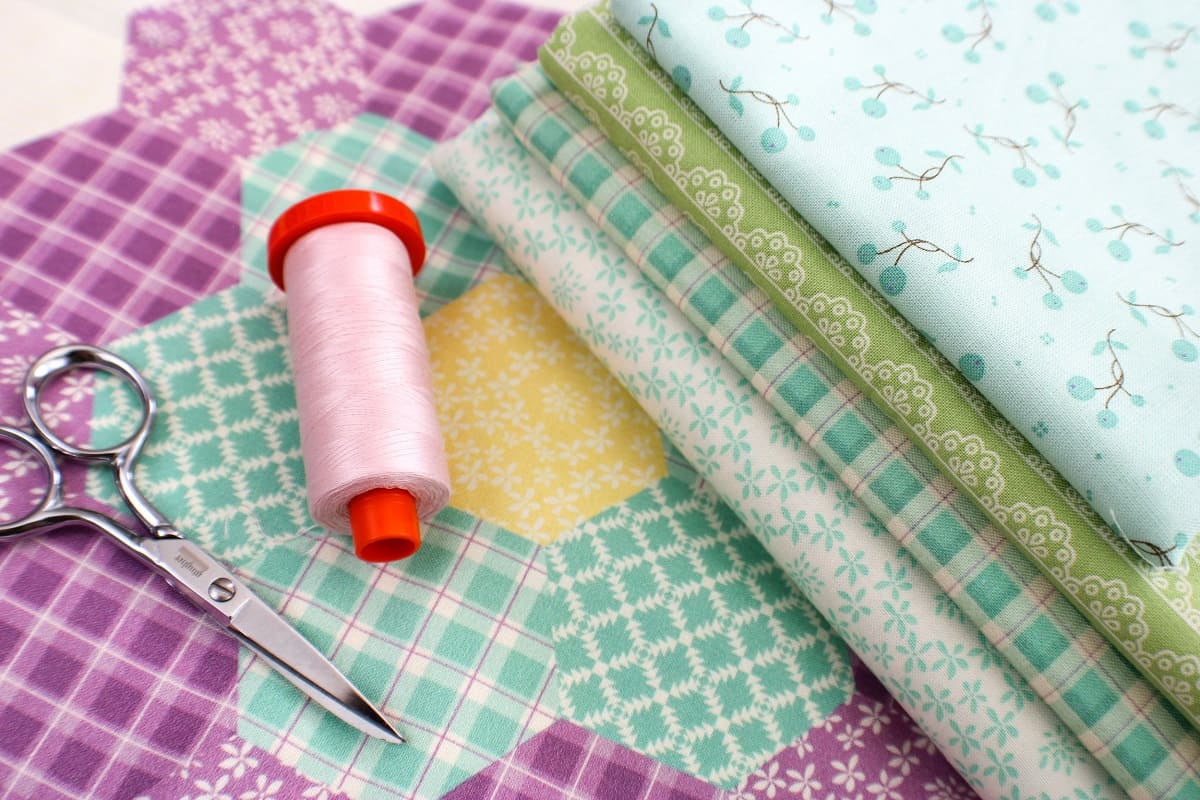
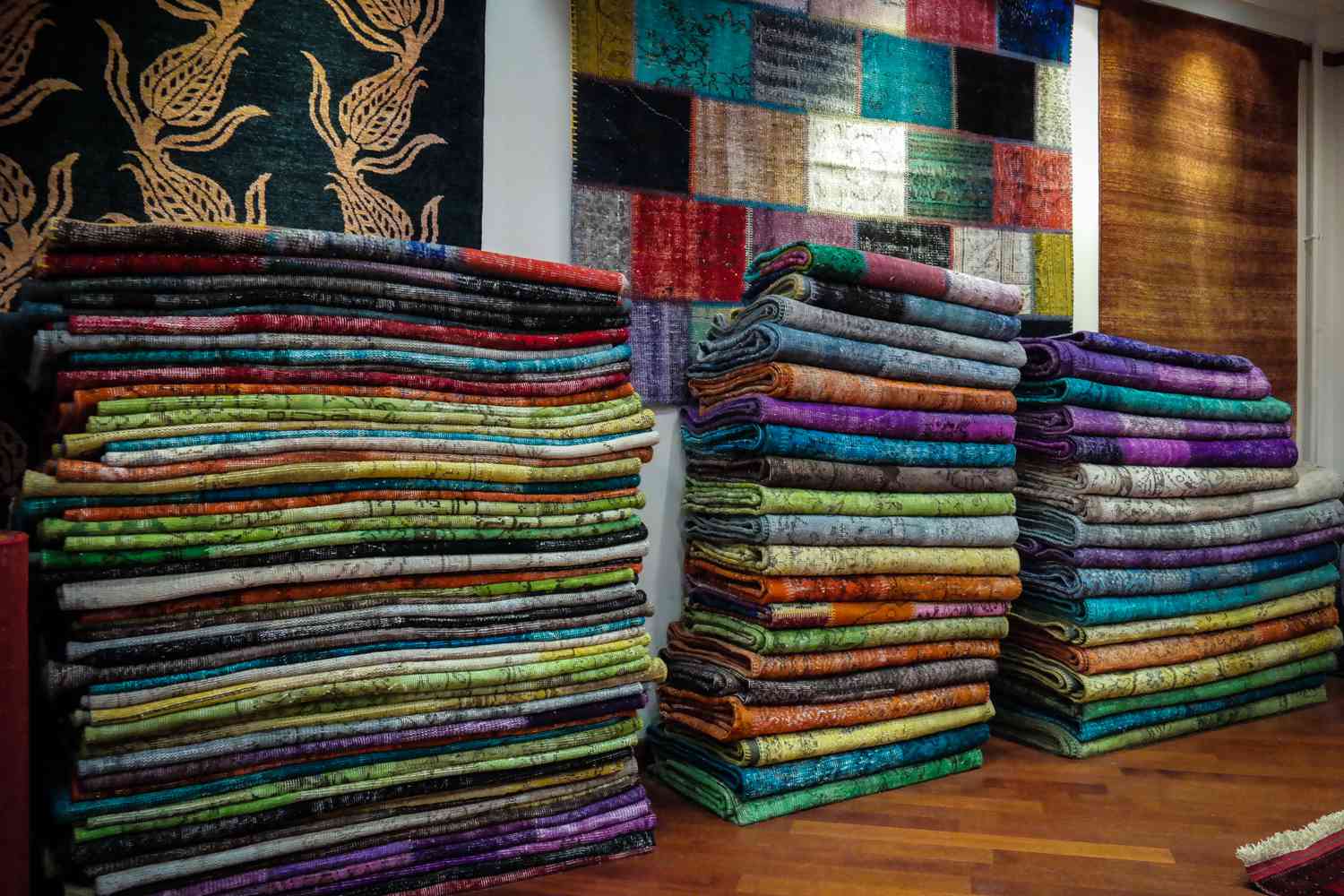
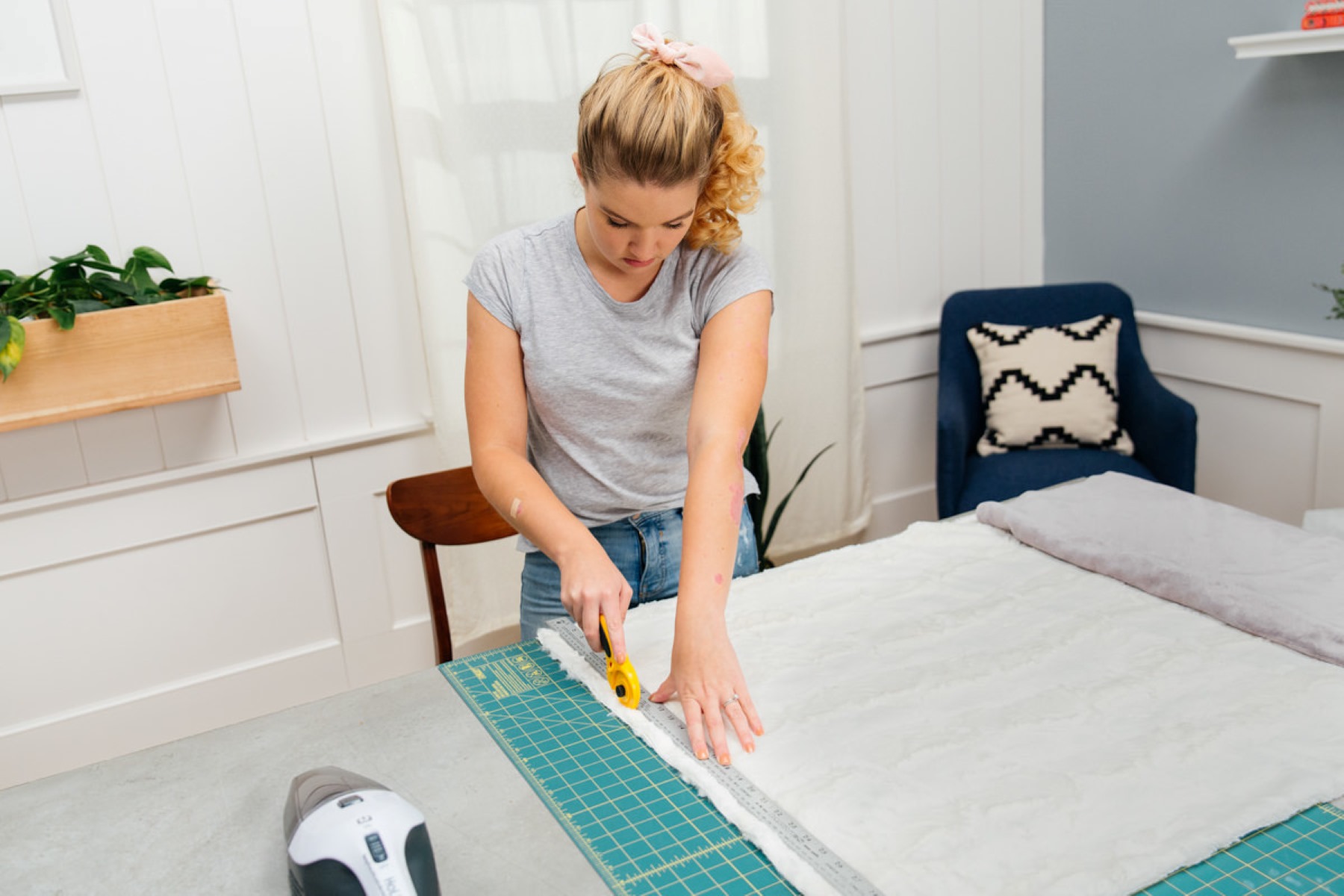
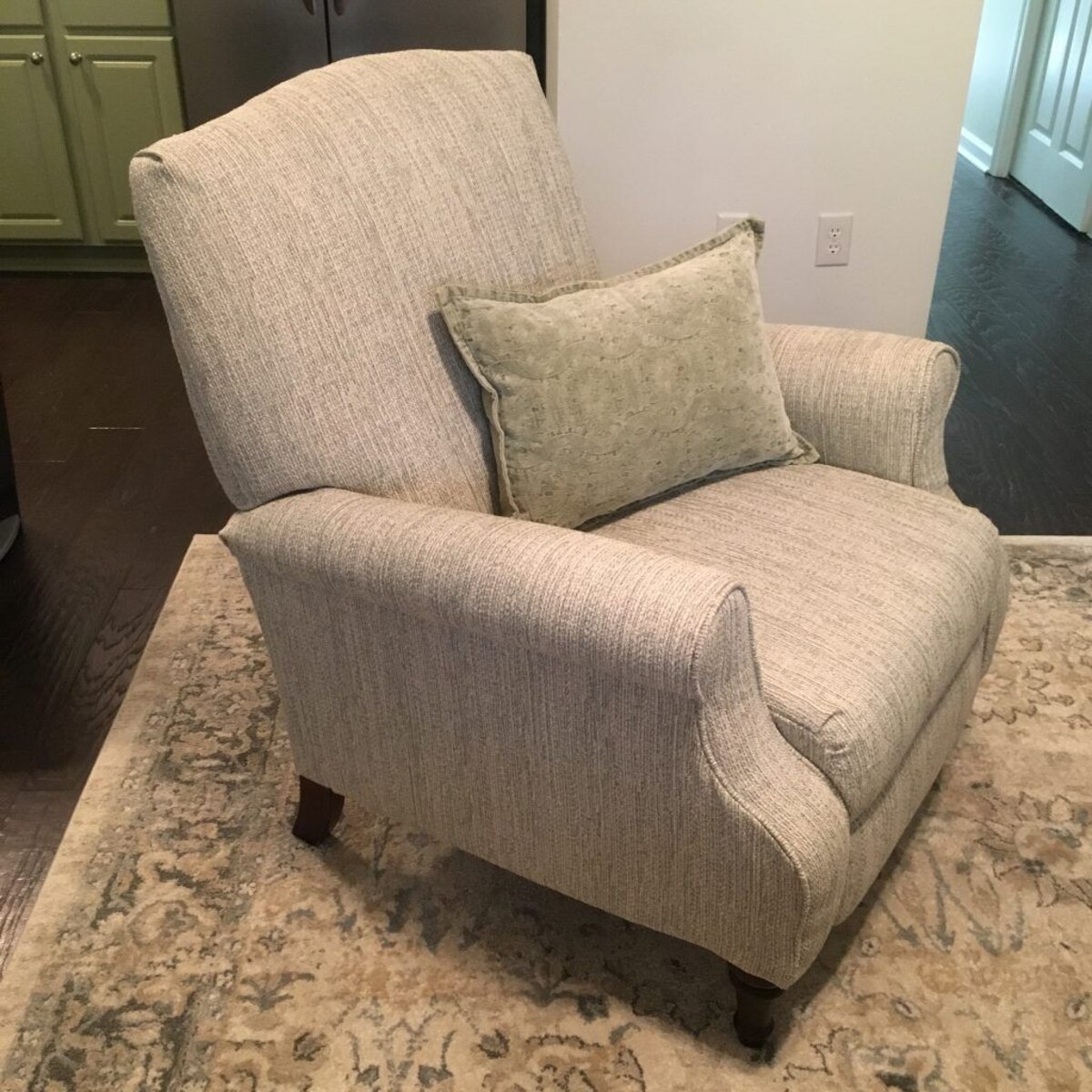
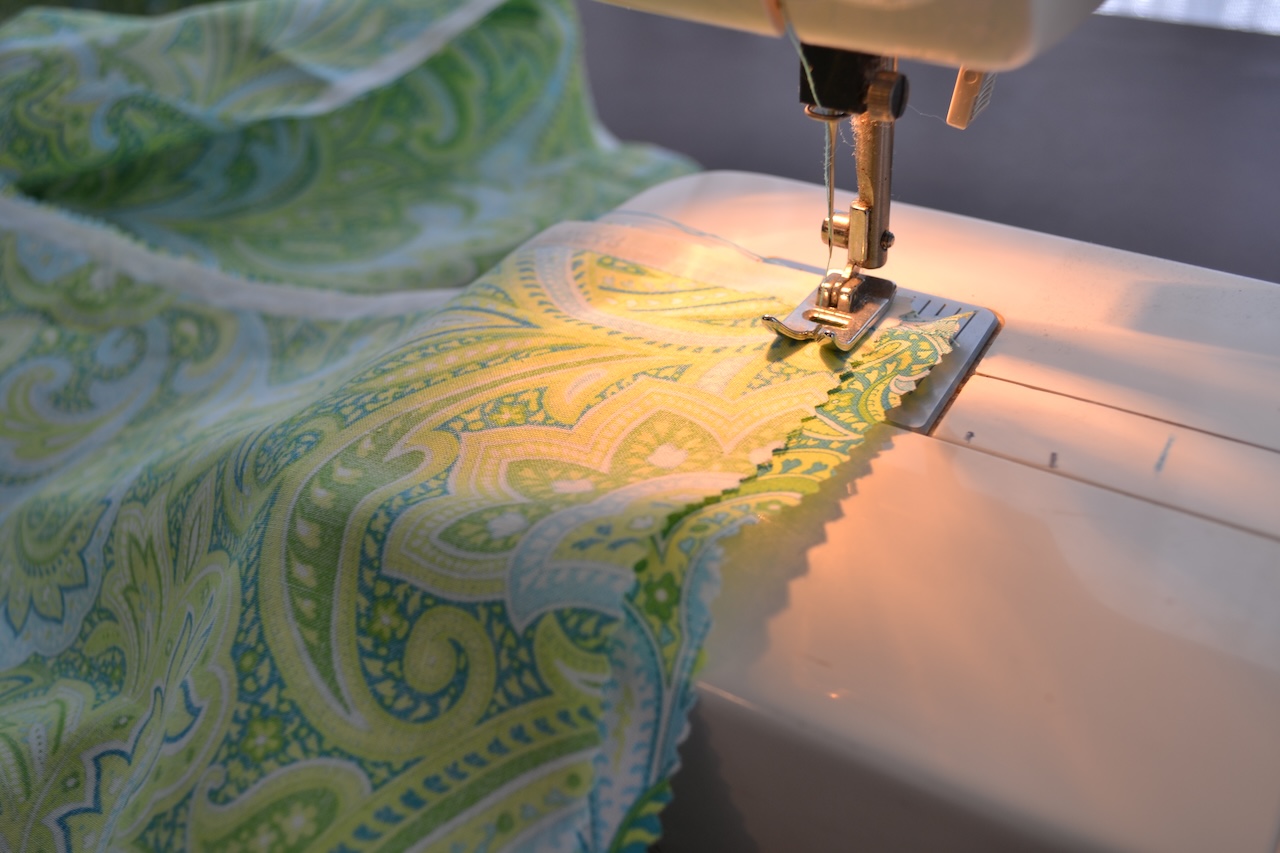
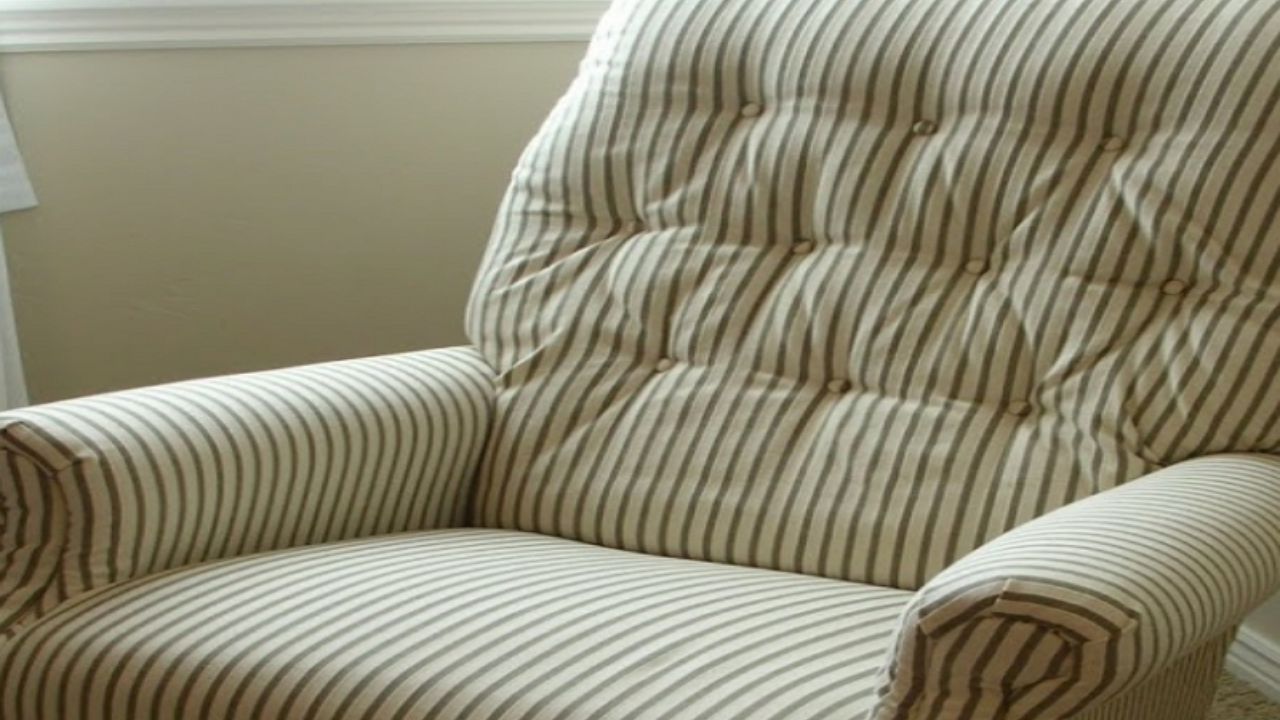
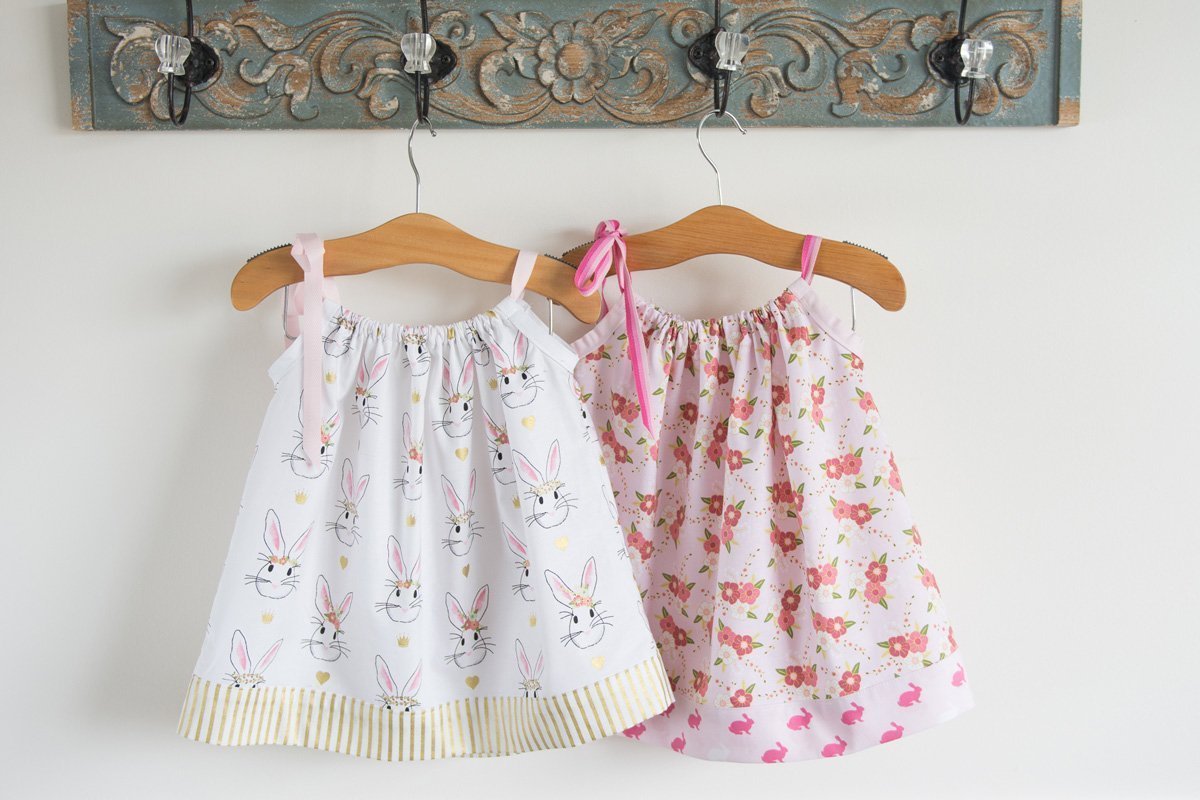
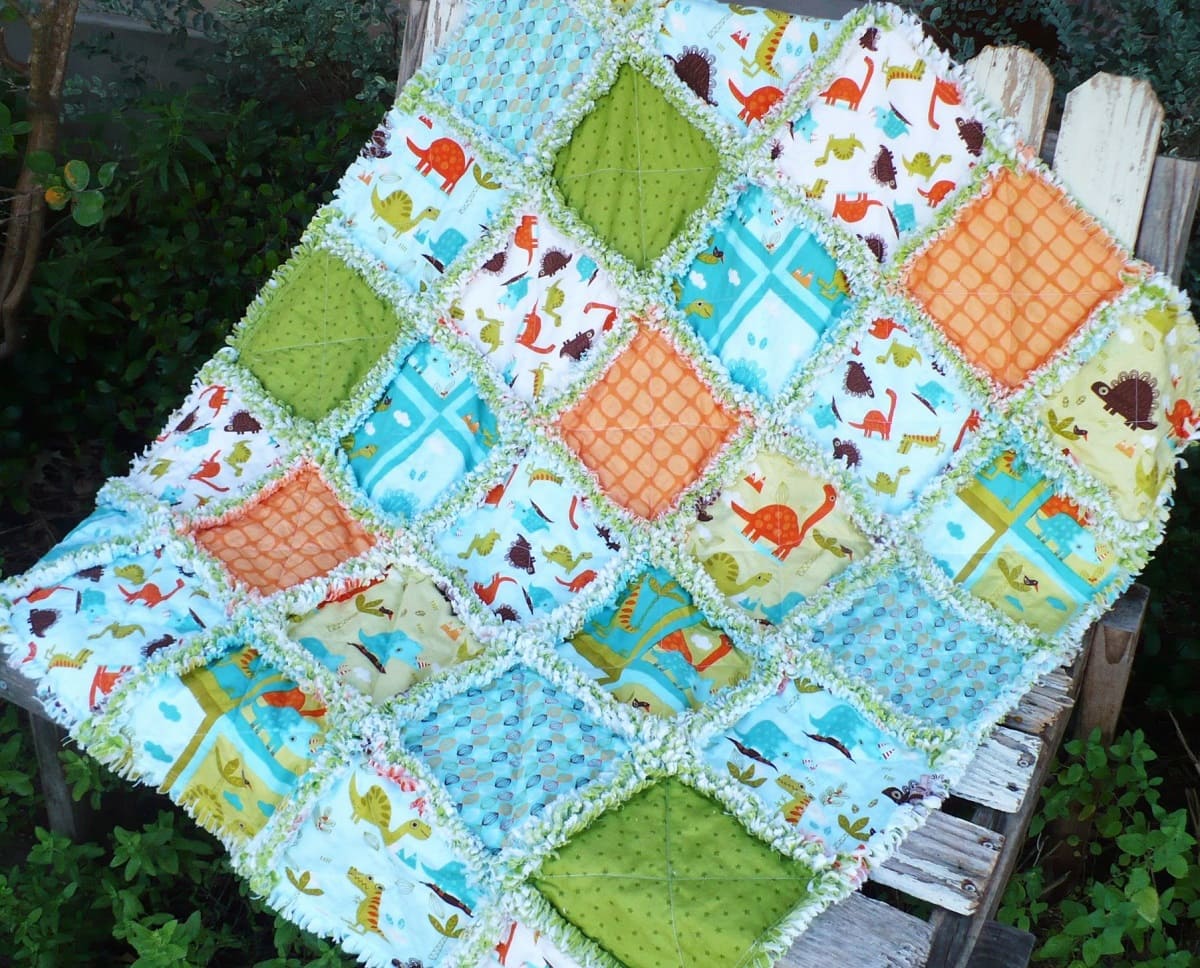
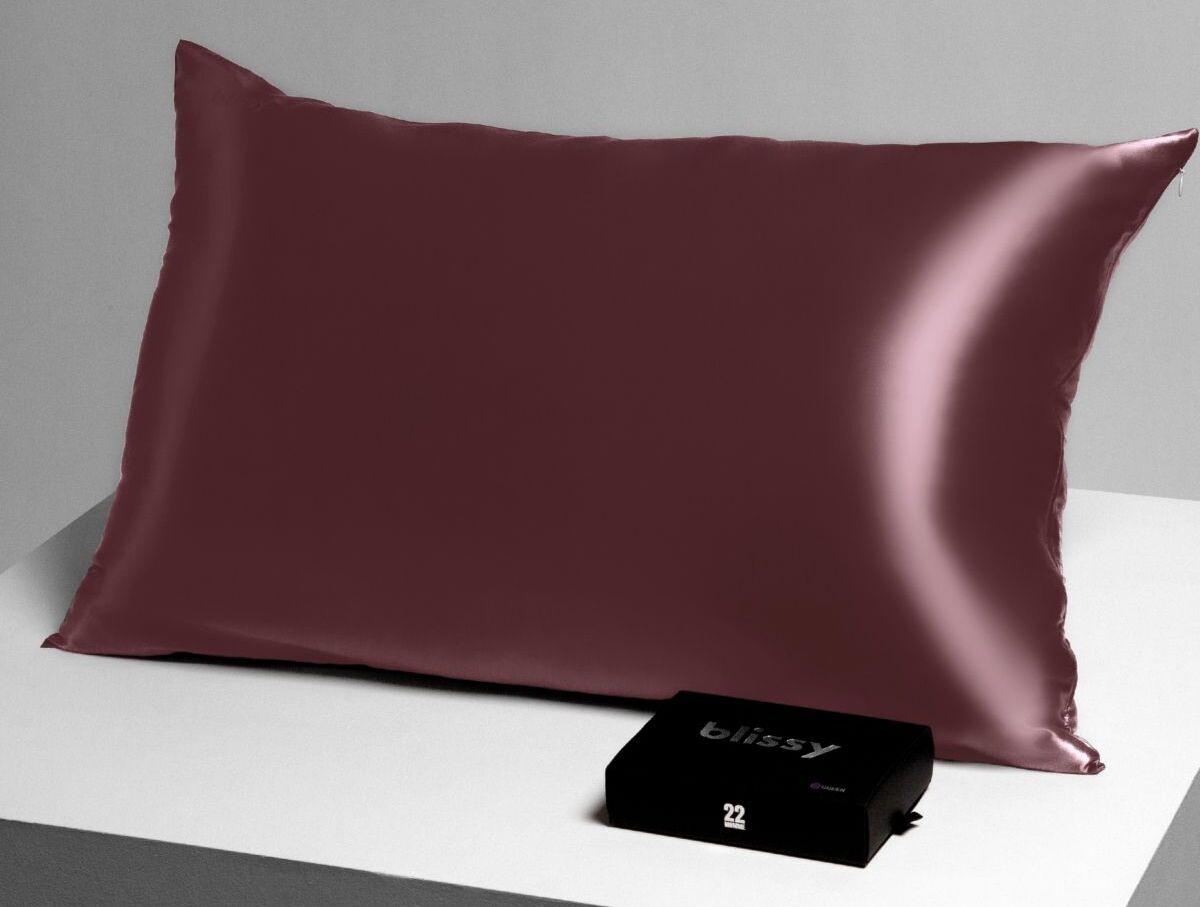

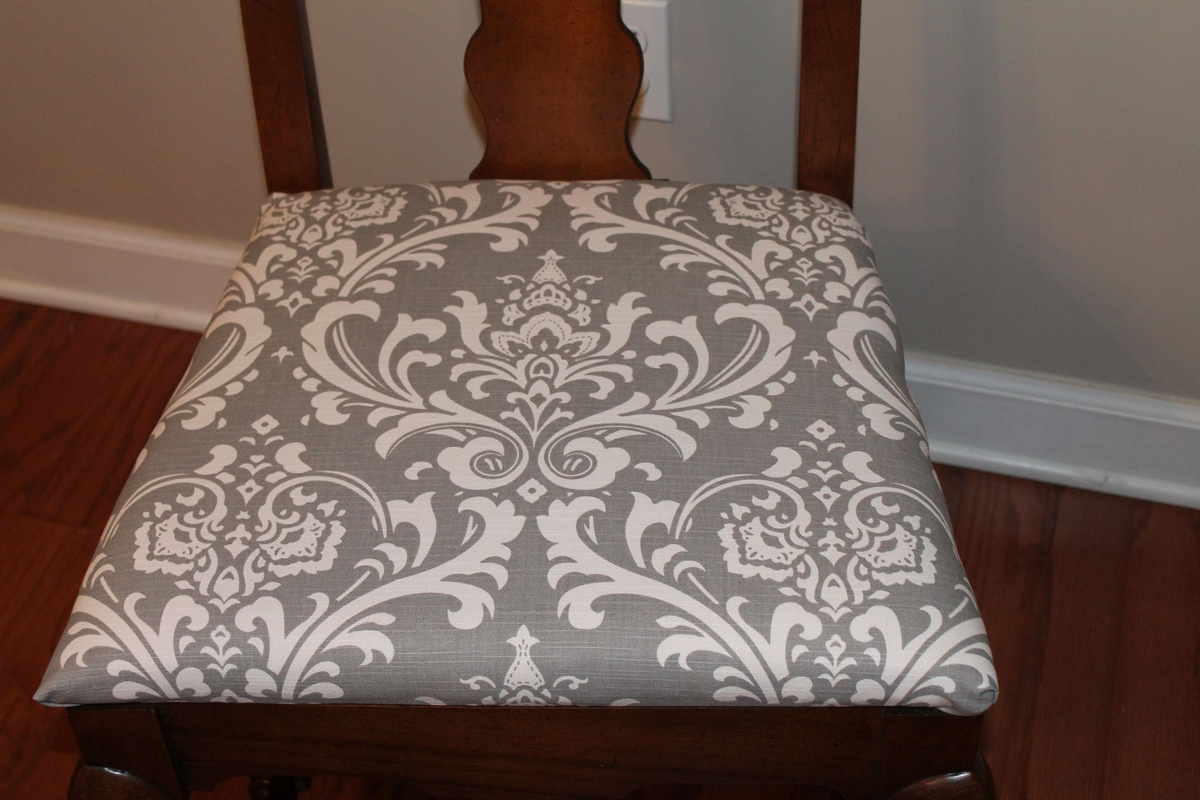

0 thoughts on “How Much Fabric Is Needed For A Pillowcase”